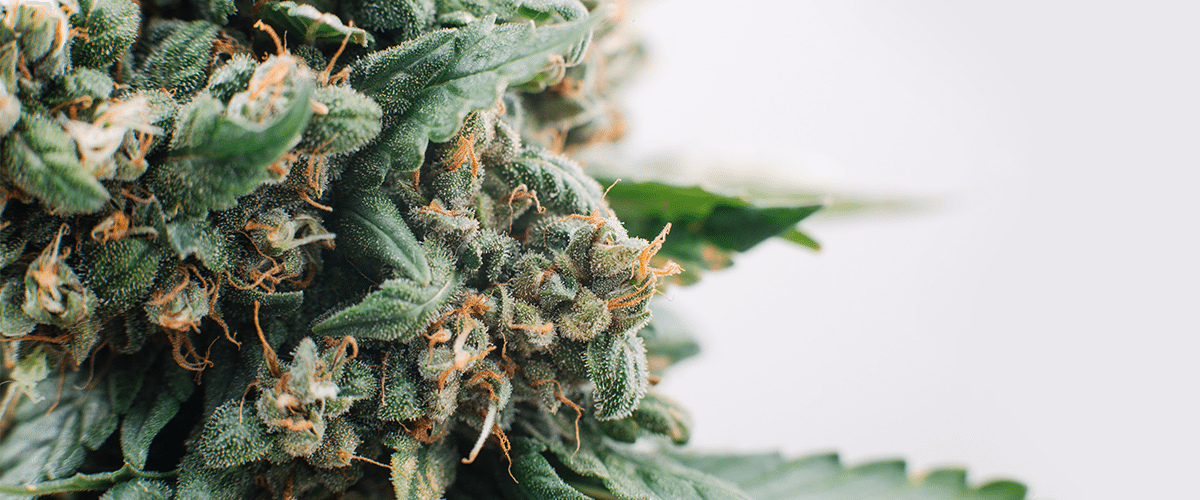[vc_row][vc_column][vc_column_text]
A new resource guide published by the DEA reports that no deaths from marijuana overdose have ever been reported.
Despite federal prohibition and an active effort from the United States Attorney General to restrict access to cannabis, a federal law enforcement agency has acknowledged that marijuana has never been responsible for a fatal overdose.
“No deaths from overdose of marijuana have been reported,” writes the Drug Enforcement Agency (DEA) in its new 2017 resource guide, Drugs of Abuse.
Cannabis cannot cause a fatal overdose because it doesn’t have any effect on the brainstem, the posterior part of the brain that controls breathing and heart rate. The compounds in cannabis – cannabinoids – interact with cannabinoid receptors found on cells within the immune system and the central and peripheral nervous systems. There are no cannabinoid receptors in the brainstem, so cannabinoids do not have the ability to shut down the body’s breathing and circulatory system, no matter how much is consumed.
As the National Cancer Institute states: “Because cannabinoid receptors, unlike opioid receptors, are not located in the brainstem areas controlling respiration, lethal doses from cannabis and cannabinoids do not occur.”
The fact that there are no reported deaths due to cannabis overdose means that marijuana is safer than both alcohol and opioids. Alcohol poisoning, according to the Centers for Disease Control and Prevention, claims the lives of an average of 6 Americans each day. Prescription opioids, commonly used to treat pain, cause an average of 62 deaths per day.[/vc_column_text][/vc_column][/vc_row][vc_row][vc_column][vc_single_image image=”17843″ img_size=”1200×250″ onclick=”custom_link” img_link_target=”_blank” link=”https://www.medicalmarijuanainc.com/92-pain-patients-prefer-cannabis-opioids-study-finds/”][/vc_column][/vc_row][vc_row][vc_column][vc_column_text]The DEA’s Drugs of Abuse guide, a 94-page comprehensive resource on the consequences, origin, and legal status of drugs in the U.S., also makes note that clinical studies have found that the effects of cannabis include “happiness,” “enhanced sensory perception,” “heightened imagination,” “increased appreciation of music, art and touch,” and “merriment.”
The National Academies of Sciences, Engineering, and Medicine (NASEM), which serves as the scientific national academy for the U.S., found conclusive evidence in a comprehensive research review earlier this year that cannabis and its cannabinoids are beneficial for treating symptoms like pain, nausea, and spasms.
Still, federally cannabis remains one of the most prohibited substances in the U.S. Under the Controlled Substances Act, marijuana is classified as Schedule I, a category reserved for substances that have “a high potential for abuse” and “no currently accepted medical use in the treatment in the United States.” Despite that marijuana has never caused a fatal overdose and is recognized as medicinally beneficial by a national scientific academy, it shares a classification with dangerous substances like heroin and lysergic acid diethlamide (LSD).
The DEA guide does note that despite federal prohibition, “some states within the United States have allowed the use of marijuana for medicinal purpose.” Since 1996, 29 states and Washington D.C. have passed laws to establish comprehensive public medical marijuana programs. Unfortunately, federal prohibition restricts legal access to patients living in the remaining 21 states where medicinal marijuana is not permitted.
You can learn more about cannabis research, as well as current cannabis laws in the U.S., by visiting our education page.[/vc_column_text][/vc_column][/vc_row]






